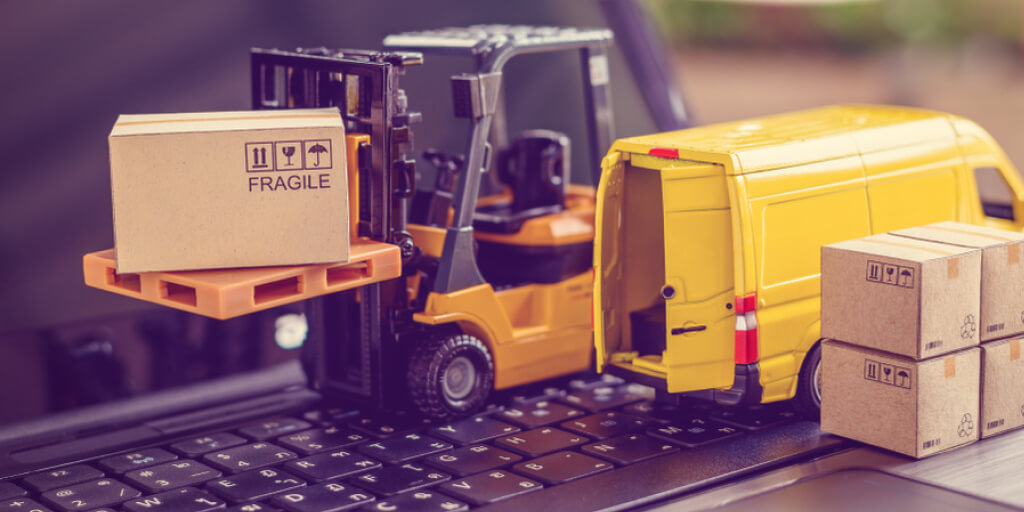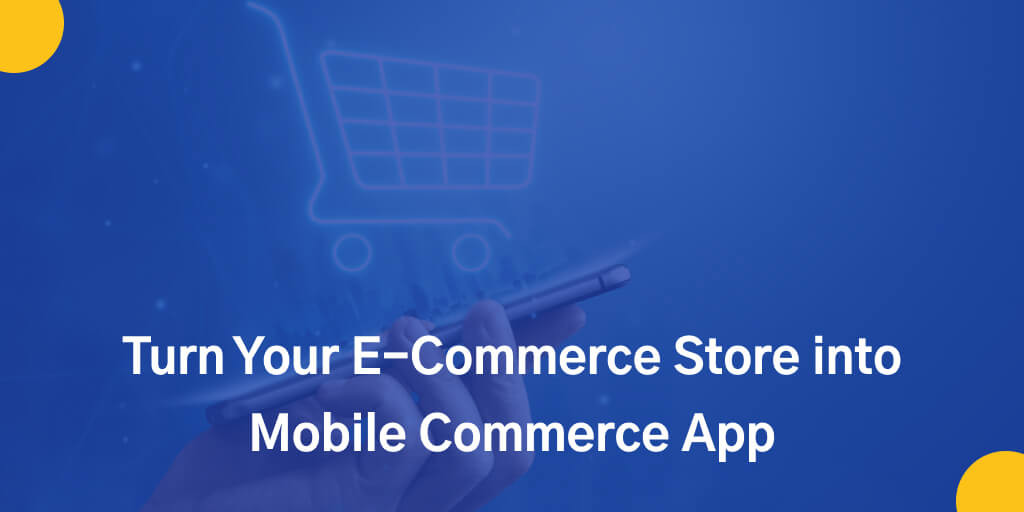Why develop an eCommerce mobile app?
If you already operate an eCommerce website and are thinking of building a mobile app version of your store then this article is for you. We will look at what goes into a mobile shopping app, what’s important to consider when designing one, and what are best practices. Of course, it is not possible to get everything into one article and so when you are ready to discuss your project you should contact Blue Whales Apps eCommerce consulting services and discuss our mobile app development services. Our experts will be happy to help guide you in the right direction. That said, let’s get started.
Mobile first economy
No one who has looked at Google analytics recently and especially over the past 10 years could no deny that we are now fully into a mobile-first economy. And although it is possible to track app usage in Google Aylitifs generally we are just looking at website traffic and the enormous growth of mobile device usage. If we look at shopping apps then the growth and market share is truly off the charts. So it is no longer nice-to-have its more like a do-or-die.
User Experience
There are multiple reasons why shopping on a mobile app is superior to that of a website and why consumers prefer them and spend more money. We will look at many of them in more detail in this article but overall it comes down to user experience. It tends to be quicker, easier, more enjoyable, and more intuitive to place an order on an app and this article will explain why that is.
Better features and performance for the retailer
It’s not just the user that has a better experience, there are huge advantages of mCommerce apps for the retailer over a traditional eCommerce website. One of the most important ones of course is increased sales.
So let us look in more detail at all of the advantages on both sides and how you can put this into action.
What is on the horizon when it comes to mCommerce?

mCommerce Trends in 2022
With the rapid rollout of 5G and the ever-increasing ubiquity of WiFi access, it is not surprising that more extensive use of video in the mobile retail environment is on the increase. It is much more immersive than still product images and in fact, we are also now seeing the increasing use of live stream shopping events which is becoming ever more like an in-person shopping experience with interactiveness and an immediate nature that can only be created in a live shopping situation.
We are still seeing increasing use of voice search with the most common AI voice recognition engines being Siri on IOS and Google Assistant and Alexa on Android. These are the most popular voice recognition engines for the English-speaking world and they have equivalents in other languages like Baidu Duer for the Chines speaking market and other equivalents around the world.
Omnichannel selling continues to grow as consumers demand the ability to transact on their platform of choice. This has driven the increasing rise of ‘social commerce’ where marketing meets eCommerce without leaving the particular social channel. However, this requires that either the seller manages multiple platform sales channels or focuses on just one. So in most cases, an Omnichannel mobile platform that taps into a wide range of social and communications channels from a single app platform continues to be the most scalable and easy to manage.
What we will see in 2023?
With Google’s ban on third-party cookies being pushed off to the end of 2023, there is some more time now to find alternatives. But as the year draws on there will be an increasing concern that large existing revenue streams will be shut off at the end of 2023. Of course, Google already has an alternative, FLoC, but that is still in its infancy and is totally controlled by them so has no third-party alternative.
Increasing supply chain issues are likely to be the theme through 2022 and into 2023 and maybe beyond. With increasing complications around the world, there is no obvious solution to this other than selling products that can be delivered digitally. Maybe this will be the push that 3D printing needs to go mainstream.
We will see an increasing move toward brands using AR (augmented reality) and VR (virtual reality) for their in-app experience in order to create a more immersive and inclusive sales environment and this will drive the adoption of virtual world and metaverse retail environments.
The 5G rollout will also see an increasing number so IoT smart devices that are connected directly to the eCommerce store in order to automatically order replacement consumables and even food and drinks in a fridge will be able to be set to reorder automatically when low stock.
What to consider when going from an eCommerce business to fully mobile?

There are a number of ways to deliver eCommerce to a mobile device as follows:
In browser
Simply making your eCommerce website mobile reactive is all that is required to make it work in a mobile browser. If you use one of the common platforms like Shopify then you are already there with this. But there are huge limitations in using this approach as we will see shortly.
Web apps
Web apps is pretty much the same experience for the user as a browser, but it has the advantage that they can download it and easily get to it on their device desktop, but the benefits end there because it is still a browser experience at its core.
Hybrid apps
The new bread of cross-platform apps that are coded in languages like Swift is becoming popular because of their low cost of development due to only needing a single code base and single development team to deliver IOS and Android apps. But they do have limitations as you would expect. They have a steeper learning curve for the user than native apps because, as the same app is used across both platforms they are unable to stick to the navigation best practices that are clearly defined when developing solely for the IOS or Android platforms. Hybrid apps also can’t take advantage of all of the sensors in a device which considerably limits the capabilities of the app. With all that considered hybrid apps certainly have a place for simple apps that need to be developed quickly and cheaply but for any serious project, a native app is still the only option.
Native apps
Native apps are built specifically for Android or IOS so most projects will need to run both in parallel and have a separate development team for each. They represent the biggest part of the market for all leading apps and provide the ability for developers to access all of the features of modern phones, so it is possible to create highly intelligent and intuitive apps.
If you were to hire your own eCommerce mobile app development team then the cost of operating two teams, one for Android and one for IOS, could be a concern for many companies. But there is another option and that is to find a provider of eCommerce consulting services like Blue Whale Apps. Then as we not only provide planning and consulting services, but we also provide the engineers to build the apps. You can avoid the need to create your own team with unknown project duration and cost. We can provide a fixed price and timeframe for your project so you know when it will be done and you know it will be on budget.
So you are ready to get started in planning your app, what are the considerations?
Enhanced Communications
One of the great advantages of mCommerce is that you have a much closer relationship with your customer. With website sales, they need to make the effort to go to a website and log in for you to be connected. Whereas with a mobile app, you are right there on the desktop and you can stay logged in. so you can deliver push notifications to increase engagement and remind users about special offers, voucher expiry, items left in the cart, and much more. This all equates to much larger sales and a hugely reduced abandoned cart rate said to be 20% rather than 97% for website sales. This is partly because of the closer relationship and push notifications but also because it is possible to possible to simplify the sale process with pre-configured payment methods and 1 click ordering. Because it is the checkout that normally sees the highest rate of abandonment due to overly complex payment processes, and unexpected price totals such as shipping. Amazon is the master of removing all of these barriers with free shipping and 1-click ordering.
Utilizing Hardware Sensors
The Ikea app is a great example of utilizing the latest technology and hardware capabilities of modern smartphones. Their ‘place’ feature uses augmented reality to allow customers to place a piece of furniture in their room and see what it looks like. This is built using IOS11s ARKit technology.
Also, the precise location features built into smartphones should be used to maximum effect, not just to provide accurate delivery information but also to show the user when they are close to physical shop locations or to welcome them back into a previously visited outlet. Also now there are physical location finders for in store shopping like the one rolled out by Walmart that includes a smart shopping list that helps you find each item you have added. Phones no longer rely only on GPS to locate the device locations, they also triangulate position using known WiFi access points to give extremely precise locations indoors in major outlets and malls.
Enhanced Customer Service
In app messaging and live chat puts the sales assistant right there with the customer as they would in a live retail environment, in many ways it is better because it is possible to deliver the experience 24/7 and in any location. It is also possible to really understand the preferences of each customer and provide reminders at times you know they like to shop.
How can we help?

Of course, this is just a taster of the many advantages of mobile eCommerce apps and there are many things that need to be considered before starting to develop your own app. Thankfully our eCommerce consulting services will be there to guide you every step of the way in order to avoid the many complications and pitfalls. Then our eCommerce mobile app development teams will be there to turn your project into reality at the most cost-effective price.
You can rely on Blue Whale Apps to provide the experts you need to make sure your project is a success.






